Filter by
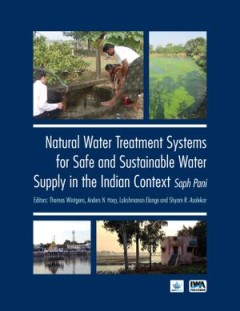
Natural Water Treatment Systems for Safe and Sustainable Water Supply in the …
Natural Water Treatment Systems for Safe and Sustainable Water Supply in the Indian Context is based on the work from the Saph Pani project (Hindi word meaning potable water). The book aims to study and improve natural water treatment systems, such as River Bank Filtration (RBF), Managed Aquifer Recharge (MAR), and wetlands in India, building local and European expertise in this field. The proj…
- Edition
- -
- ISBN/ISSN
- 9781780407104
- Collation
- -
- Series Title
- -
- Call Number
- -

Beyond Money: A Postcapitalist Strategy
'A fascinating portal into arguments about why we need to get beyond money' - Harry Cleaver
- Edition
- -
- ISBN/ISSN
- 9781786807809
- Collation
- -
- Series Title
- -
- Call Number
- 330 NEL b

Indigenous Resurgence
From the Standing Rock Sioux Tribe’s resistance against the Dakota Access pipeline to the Nepalese Newar community’s protest of the Fast Track Road Project, Indigenous peoples around the world are standing up and speaking out against global capitalism to protect the land, water, and air. By reminding us of the fundamental importance of placing Indigenous politics, histories, and ontologies …
- Edition
- -
- ISBN/ISSN
- 9781800732452
- Collation
- -
- Series Title
- -
- Call Number
- -
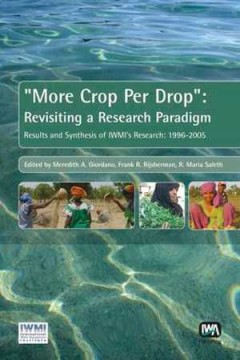
More Crop Per Drop: Revisiting a research paradigm: results and synthesis of …
This volume is an analytical summary and a critical synthesis of research at the International Water Management Institute over the past decade under its evolving research paradigm known popularly as 'more crop per drop'. The research synthesized here covers the full range of issues falling in the larger canvas of water-food-health-environment interface. Besides its immediate role in sharing kno…
- Edition
- -
- ISBN/ISSN
- 9781780402284
- Collation
- -
- Series Title
- -
- Call Number
- -

Modeling, Simulation and Optimization of Wind Farms and Hybrid Systems
The reduction of greenhouse gas emissions is a major governmental goal worldwide. The main target, hopefully by 2050, is to move away from fossil fuels in the electricity sector and then switch to clean power to fuel transportation, buildings and industry. This book discusses important issues in the expanding field of wind farm modeling and simulation as well as the optimization of hybrid and m…
- Edition
- -
- ISBN/ISSN
- 9781789856118
- Collation
- -
- Series Title
- -
- Call Number
- -
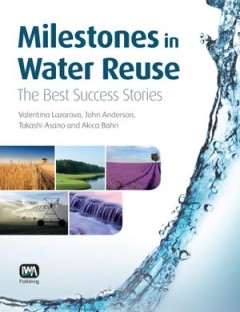
Milestones in Water Reuse
Milestones in Water Reuse: The Best Success Stories illustrates the benefits of water reuse in integrated water resources management and its role for water cycle management, climate change adaptation and water in the cities of the future. Selected case studies are used to illustrate the different types of water reuse, i.e. agricultural irrigation, golf course and landscape irrigation, urban and…
- Edition
- -
- ISBN/ISSN
- 9781780400075
- Collation
- -
- Series Title
- -
- Call Number
- -
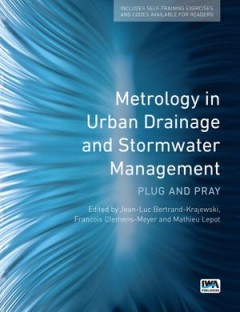
Metrology in Urban Drainage and Stormwater Management: Plug and Pray
This book presents the advancements made in applied metrology in the field of Urban Drainage and Storm water Management over the past two decades in scientific research as well as in practical applications. Given the broadness of this subject (measuring principles, uncertainty in data, data validation, data storage and communication, design, maintenance and management of monitoring networks, te…
- Edition
- -
- ISBN/ISSN
- 9781789060102
- Collation
- -
- Series Title
- -
- Call Number
- -
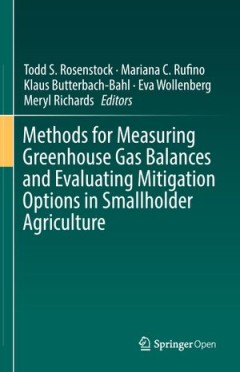
Methods for Measuring Greenhouse Gas Balances and Evaluating Mitigation Optio…
environmental management; air quality control; air pollution; climate change; agriculture; atmospheric protection; soil science; conservation
- Edition
- -
- ISBN/ISSN
- 9783319297927
- Collation
- -
- Series Title
- -
- Call Number
- -
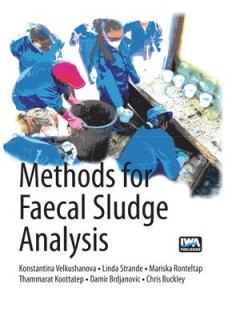
Methods for Faecal Sludge Analysis
Faecal sludge management is recognized globally as an essential component of city-wide inclusive sanitation. However, a major gap in developing appropriate and adequate management and monitoring for faecal sludge is the ability to understand and predict the characteristics and volumes of accumulated faecal sludge, and correlations to source populations. Since standard methods for sampling and a…
- Edition
- -
- ISBN/ISSN
- 9780000000622
- Collation
- -
- Series Title
- -
- Call Number
- -
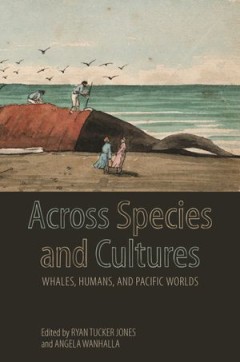
Across Species and Cultures (PDF) Whales, Humans, and Pacific Worlds
More than any other locale, the Pacific Ocean has been the meeting place between humans and whales. From Indigenous Pacific peoples who built lives and cosmologies around whales, to Euro-American whalers who descended upon the Pacific during the nineteenth century, and to the new forms of human-cetacean partnerships that have emerged from the late twentieth century, the relationship between the…
- Edition
- -
- ISBN/ISSN
- 9780824892135
- Collation
- -
- Series Title
- -
- Call Number
- -
 Computer Science, Information & General Works
Computer Science, Information & General Works  Philosophy & Psychology
Philosophy & Psychology  Religion
Religion  Social Sciences
Social Sciences  Language
Language  Pure Science
Pure Science  Applied Sciences
Applied Sciences  Art & Recreation
Art & Recreation  Literature
Literature  History & Geography
History & Geography